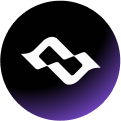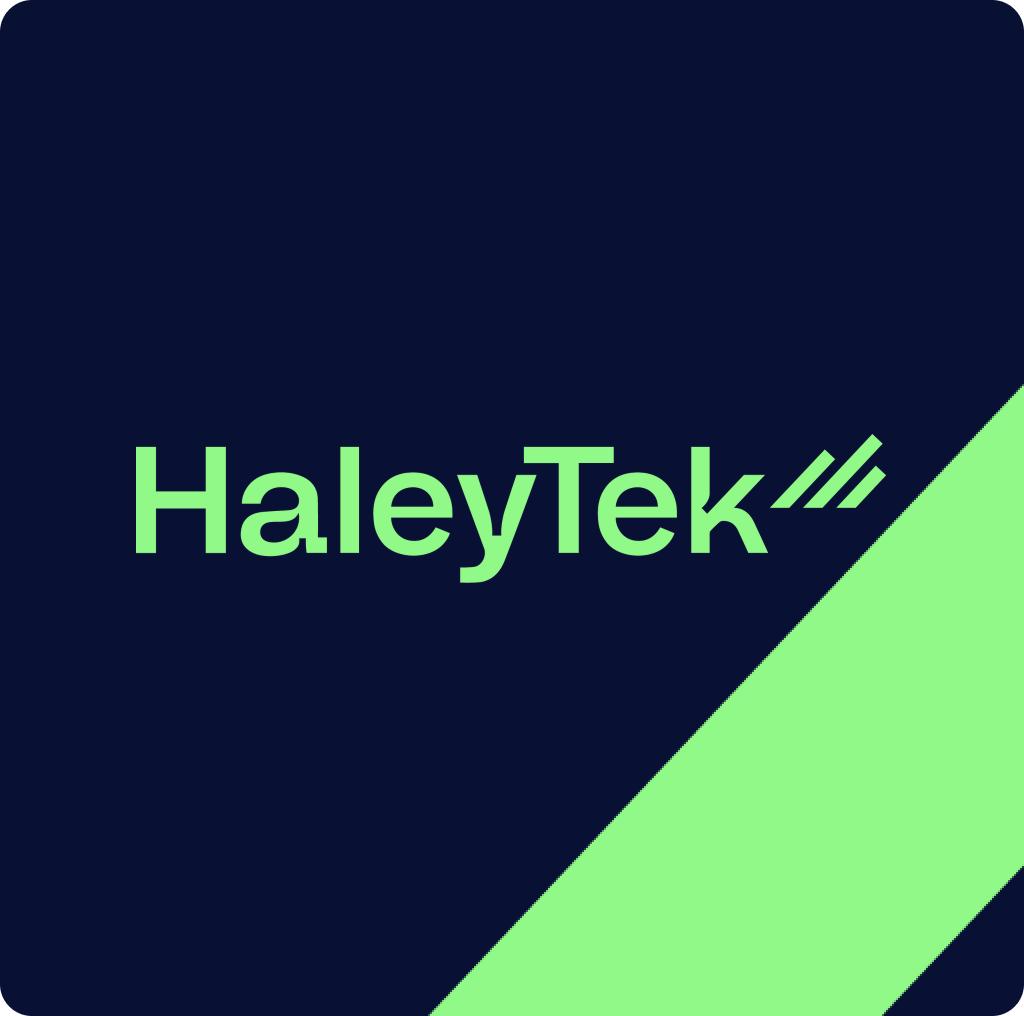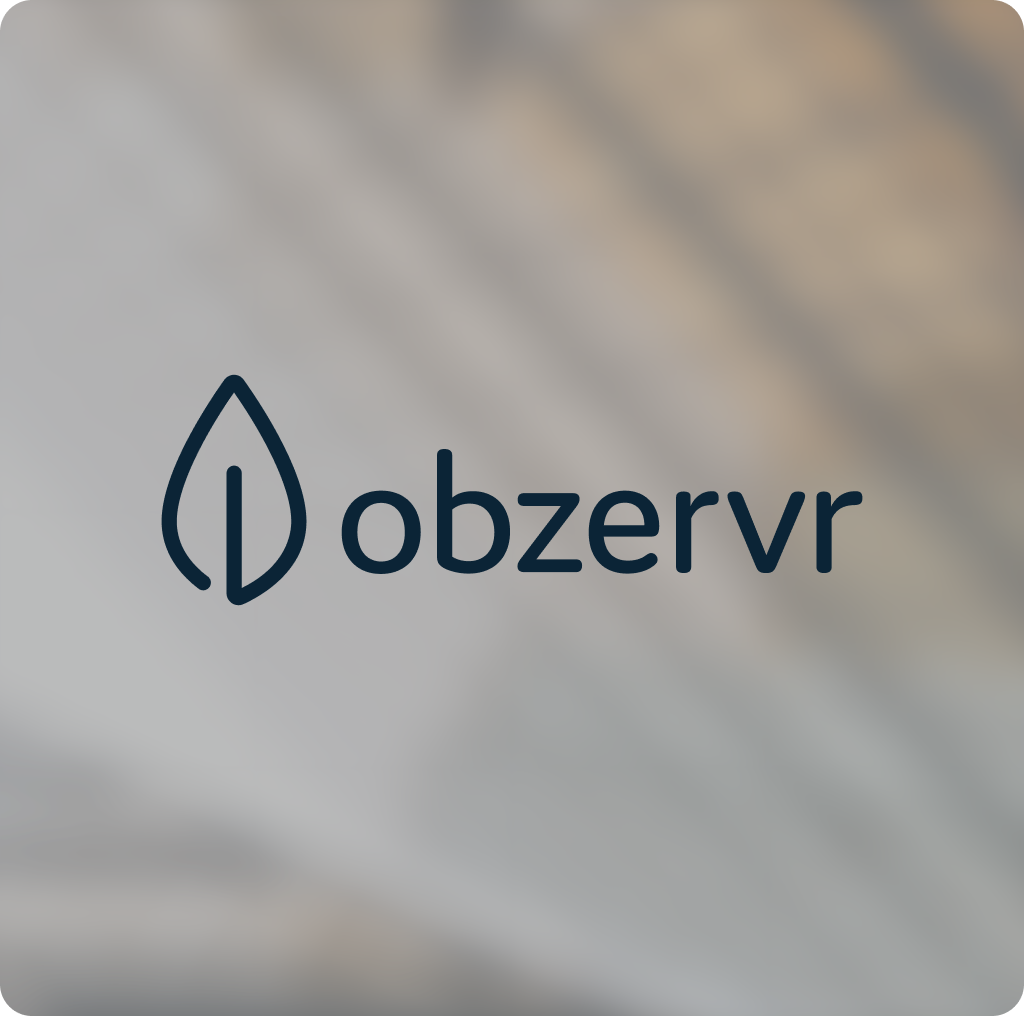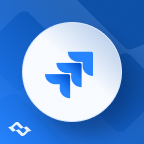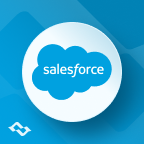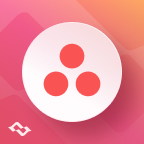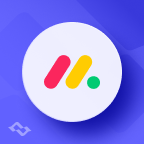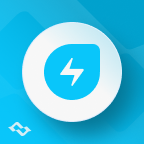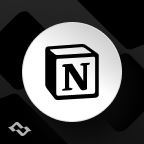When teams hit the limits of spreadsheets and email, they usually start looking at project management tools. Very quickly, Monday.com appears on the shortlist – and so do a lot of questions. What is Monday.com really? Is it just project management software? A CRM? A database? Or a full work operating system that can run multiple projects and departments in one place?
Monday.com positions itself as a work management platform – a flexible system where you can plan projects, manage tasks, track progress, collaborate with your team, and connect data from other software in your tech stack. Instead of having separate tools for project tracking, documents, forms, and basic automation, you can build custom workflows that live on top of one shared platform.
In this guide, we’ll walk through what Monday.com is, how it works, which important features matter in everyday work processes, and where it fits among modern project management tools.
What Is Monday.com?
At its core, Monday.com is a cloud-based work operating system. Part of what makes it a multifunctional platform is its array of project and task management features, collaboration possibilities, and a configurable database.
Teams use it to manage a wide range of work:
- software development workflows and engineering work,
- sales pipelines and customer relationships,
- marketing campaigns, content planning, and events,
- human resources processes like onboarding,
- operational projects that involve multiple teams.
Every workflow in Monday.com lives on a board.

Boards store tasks or records (called items) and the fields (columns) that describe them. Because there is a possibility to create custom dashboard, you can adapt Monday.com to your organization rather than reshaping your processes to fit the tool.
The platform is offered through Monday Work Management plus specialized products like Monday Dev or Monday Sales CRM. But all of them run on the same Work OS, which is why companies often start with one team and gradually expand Monday.com across the entire business.
How Monday.com Works
Although the system is flexible, Monday.com follows a simple structure. Understanding it helps reduce the learning curve significantly.
Workspaces, Folders, Boards
A workspace is the high-level environment for your company or department. Inside a workspace, you organize work in folders (e.g., “Marketing”, “Product”, “Customer Support”), and inside those folders you create boards.

A board is where all the operational work happens. It consists of:
- Groups – horizontal sections such as phases, sprints, regions, or priorities.
- Items – the individual tasks, projects, tickets, documents, or sales opportunities.
- Columns – details about each item (status, owner, dates, numbers, time tracking, dependencies, etc.).
This setup means a marketing team could manage an entire content workflow in one board, while other teams could run sprints and bug triage in another – all under one Work OS.
Connecting Data Instead of Duplicating It
Some column types go beyond simple text or numbers. Columns such as Connect boards or Mirror let you link items across different boards. For example:
- connecting a client directory to a project board,
- linking development tasks to customer requests logged by support,
- syncing fields between many project boards.
This helps teams work with a shared source of truth rather than juggling separate tools or constantly importing data.
Views: Many Perspectives on the Same Work
Boards can be viewed in multiple ways, depending on what your team needs.

- Table view for editing and bulk changes,
- Kanban for task management and daily stand-ups,
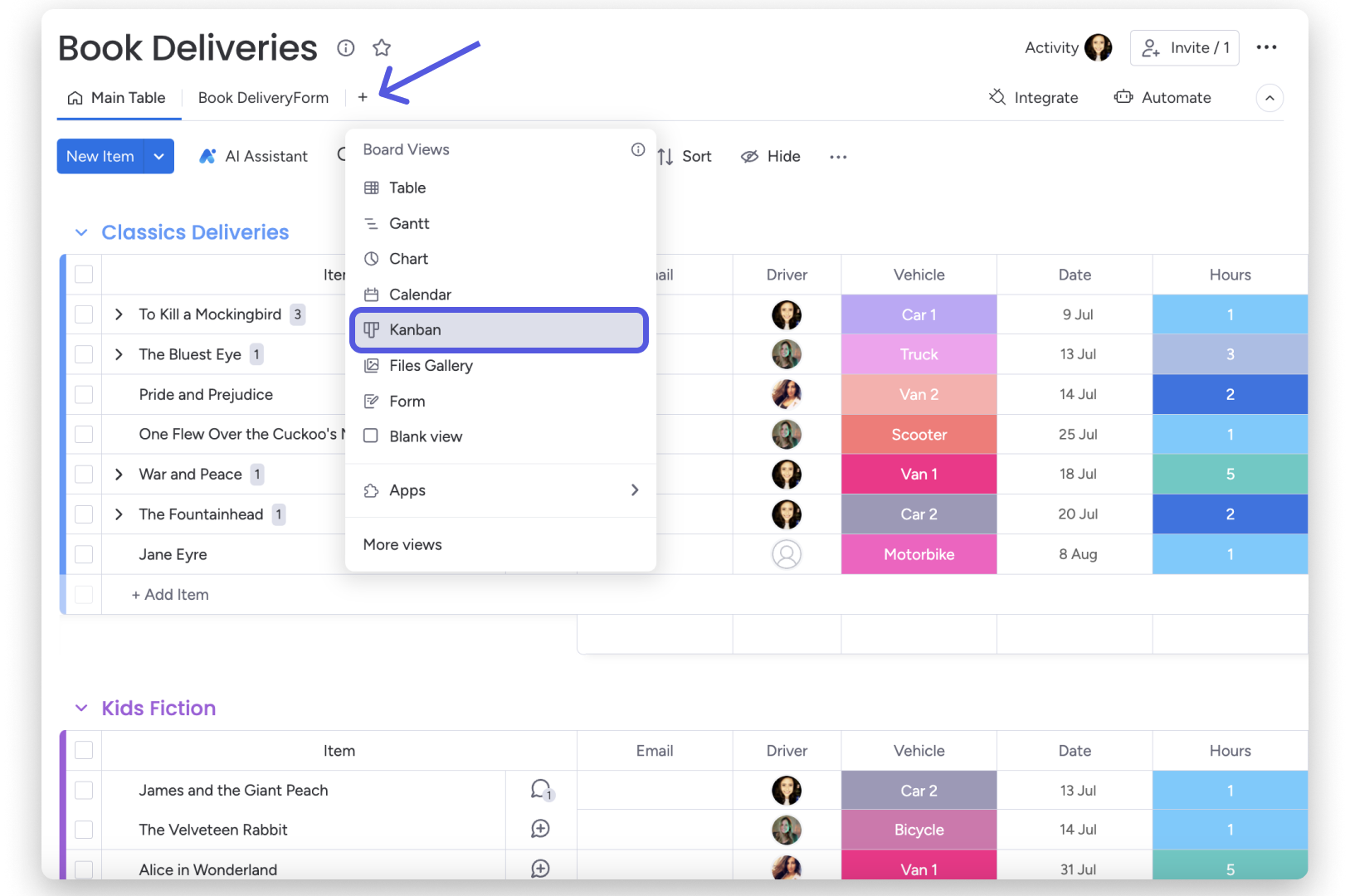
- Timeline or Gantt for planning multiple projects,

- Calendar for task scheduling and deadlines,
- Chart view for tracking key metrics visually.
These views sit on top of the same data, so updates in one view automatically reflect in all others.
Day-to-Day Use
Most users interact with Monday.com by:
- creating tasks or items through the board or via forms,
- updating statuses as work progresses,
- adding comments, files, or checklists,
- using the My Work section to see all their assigned tasks across every board,
- and bookmarking dashboards for an overview of team activity.

Because the platform uses drag-and-drop functionality, it becomes easy to reshape workflows or move items as priorities shift.
Key Features of Monday Work Management Platform
While Monday.com includes many capabilities, below are the essential features teams rely on the most to manage projects and daily work.
Task and Project Management
Monday supports end-to-end task management and project management. You can:
- create tasks or entire project structures in a few clicks,
- assign tasks to one or more people,
- add due dates, schedule tasks, and define dependencies,
- track progress using custom statuses and columns,
- maintain detailed task information including files, comments, and activity history.
For managers overseeing a lot of projects, views like Timeline, Gantt, and Calendar create structure and clarity across teams.
Custom Workflows for Different Teams
Because boards and columns are customizable, each team can create custom workflows that match their process. A few examples:
- Sales teams manage pipelines and sales opportunities.
- Engineering teams manage sprints, bugs, and releases using Monday Dev.
- HR teams manage hiring pipelines and onboarding.
- Support teams track incoming issues and service requests.
- Operations teams coordinate complex projects across departments.
This flexibility is what makes Monday.com not only a project management tool, but a work management platform that supports the team’s work in one place.
Automation to Reduce Repetitive Work
Automation templates help teams eliminate repetitive tasks and focus on meaningful work. Monday.com includes:
- built-in automation templates,
- the option to create custom automations,
- workflows triggered by status changes, due dates, assigned people, or item creation,
- actions that notify teams, move items, update fields, or integrate with other software.
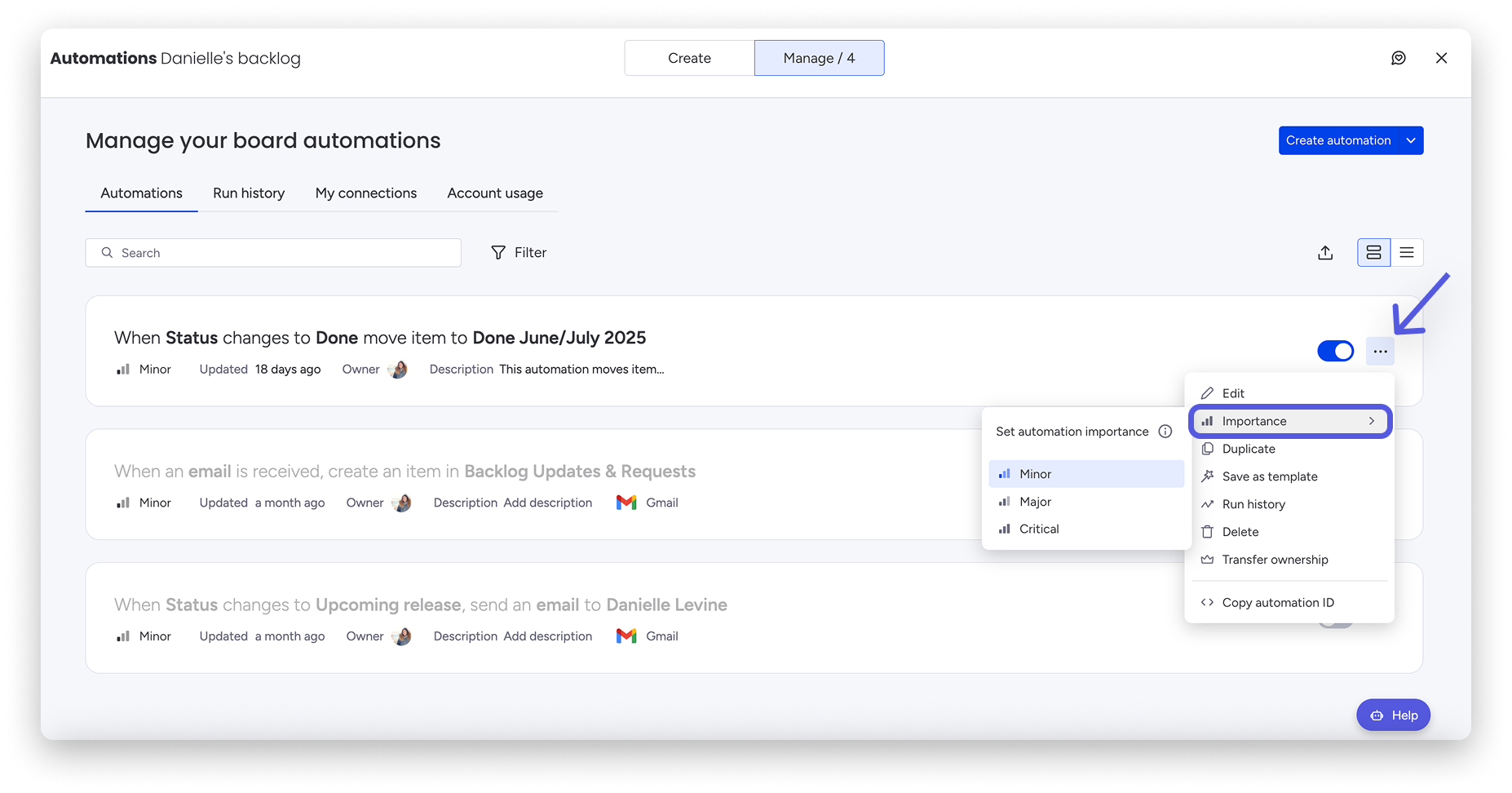
Organizations working with many projects often outgrow the automation limits on the free plan; higher tiers such as Standard or Pro support options that significantly boost automation capacity.
Dashboards, Reporting, and Key Metrics
Dashboards bring data from multiple boards into a single view. This is especially useful when teams work on several active projects at once.
Dashboards can highlight:
- task progress and bottlenecks,
- workload distribution across team members,
- budget and time tracking,
- project health indicators and valuable insights.
Instead of exporting data into spreadsheets or Google Sheets, teams can get reporting in the same system where the work happens.
Forms and Request Intake
Any board can be turned into a form, allowing people outside your workspace to submit requests. Each form submission becomes a new task or record on the board, immediately entering your workflow.
Forms are commonly used for request intake in HR, support, content production, and client-facing roles.
Collaboration, Docs, and “My Work”
Collaboration lives directly inside items. Comments, mentions, file uploads, and activity logs remove the need to switch between email, chat tools, and separate docs.
For narrative work, teams use Work Docs, where they can embed live widgets, project data, and real-time board snapshots. This allows teams to keep documentation, plans, and updates close to the work itself.
The My Work view helps individuals stay organized by showing all tasks assigned to them from different teams in one place.
Features at a Glance: Monday.com Review
The summary below highlights the essential Monday capabilities and the core value each brings to teams. It’s a quick snapshot of what makes the platform flexible, visual, and suitable for managing work across different departments.
Monday.com Products
Although Monday.com is often introduced as project management software, the platform has grown into a suite of products designed for different teams. All of them run on the same Work OS, which means they share the same interface, automation engine, and board structure.
Monday Work Management
This is the core product and the starting point for most organizations. Monday Work Management is designed for teams that need to manage tasks, track projects, coordinate workflows, and visualize progress. It’s flexible enough to support anything from simple checklists to complex, multi-team initiatives.
Monday Dev
Monday Dev is tailored for software development teams. It adds product- and engineering-focused templates and features such as:
- bug and issue tracking,
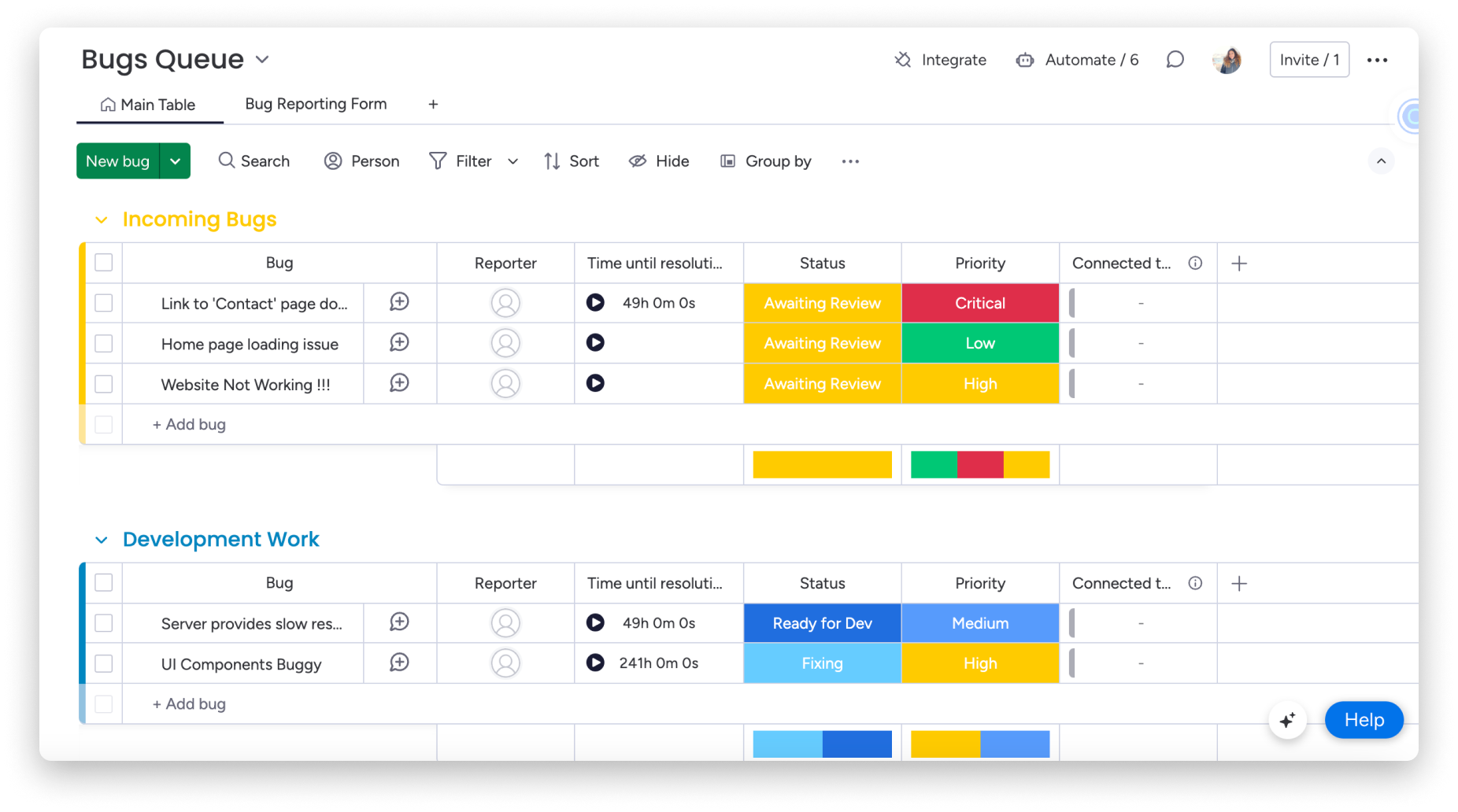
- sprint planning and backlog management,
- roadmap visualizations,
- cross-team collaboration between engineering, product, and QA.
Software development teams appreciate that they can build structured workflows while still benefiting from Monday’s visual layout and drag-and-drop functionality.
Monday Sales CRM
A fully customizable CRM built on the same boards and automations as Work Management. It helps sales teams:
- manage leads and deals,
- track sales opportunities across stages,
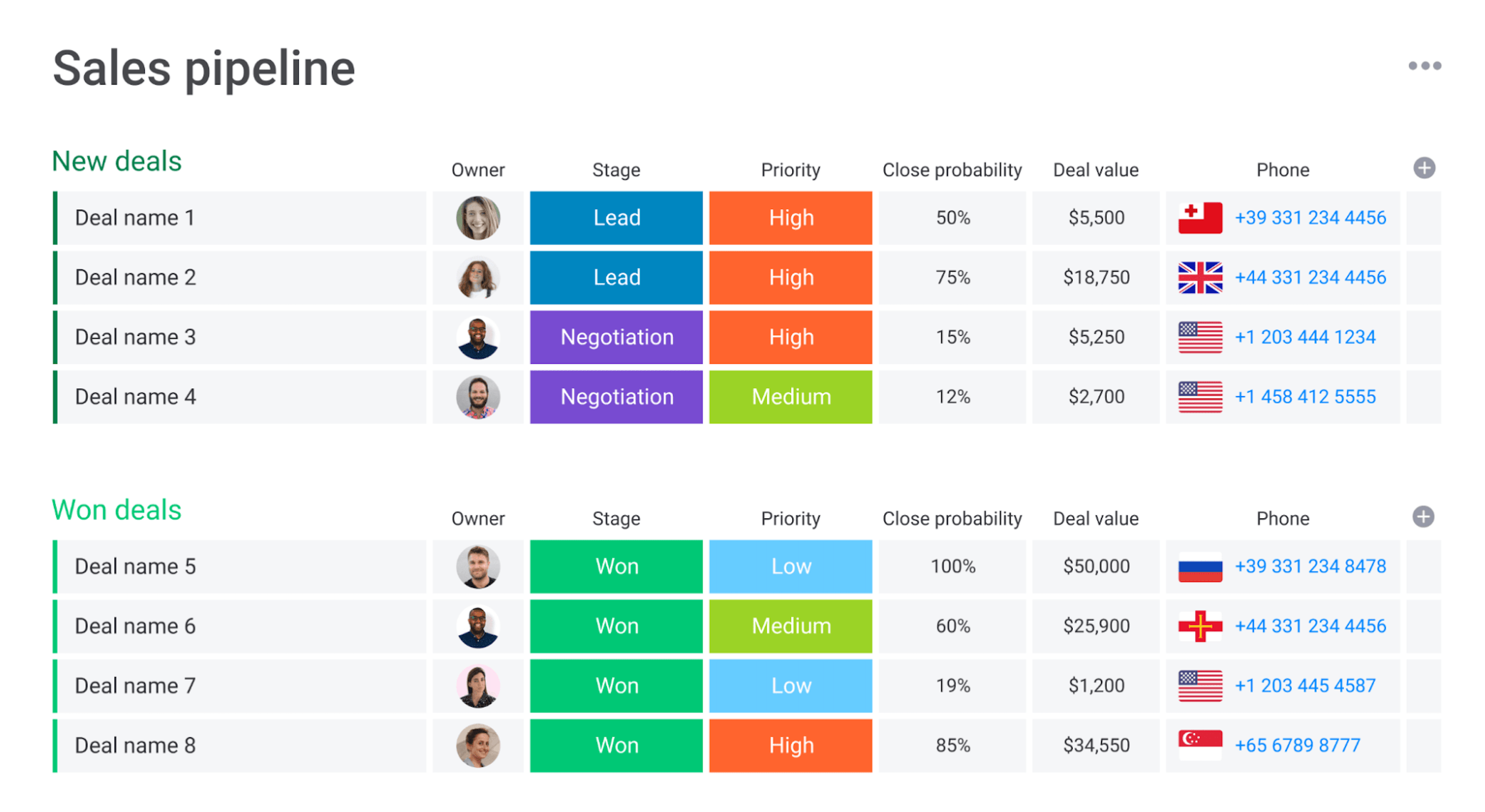
- automate follow-ups and reminders,
- forecast pipelines with dashboards and reporting,
- keep customer relationships and communications in one place.
Because it’s a CRM built on a work management platform, it’s easy to connect the sales pipeline with onboarding, support, or project delivery teams.
Monday Service
Monday Service introduces help desk and service workflows. It’s used by:
- support teams,
- IT teams managing internal requests,
- customer service departments that need to process incoming requests,
- operations teams handling tickets or approvals.
Tickets enter through forms or integrations, and teams manage them using statuses, automations, and dashboards.
Monday Marketer
This product focuses on marketing teams managing campaigns, content calendars, events, creative production, and analytics. It brings structure to marketing operations while keeping collaboration easy for other departments involved in approvals or reviews.
Monday.com Pricing: Plans and What They Include
Pricing changes over time, but our breakdown reflects the current options and is consistent with what Monday.com offers. Below we described free forever plan, along with paid plans starting from $9, and the enterprise plan.
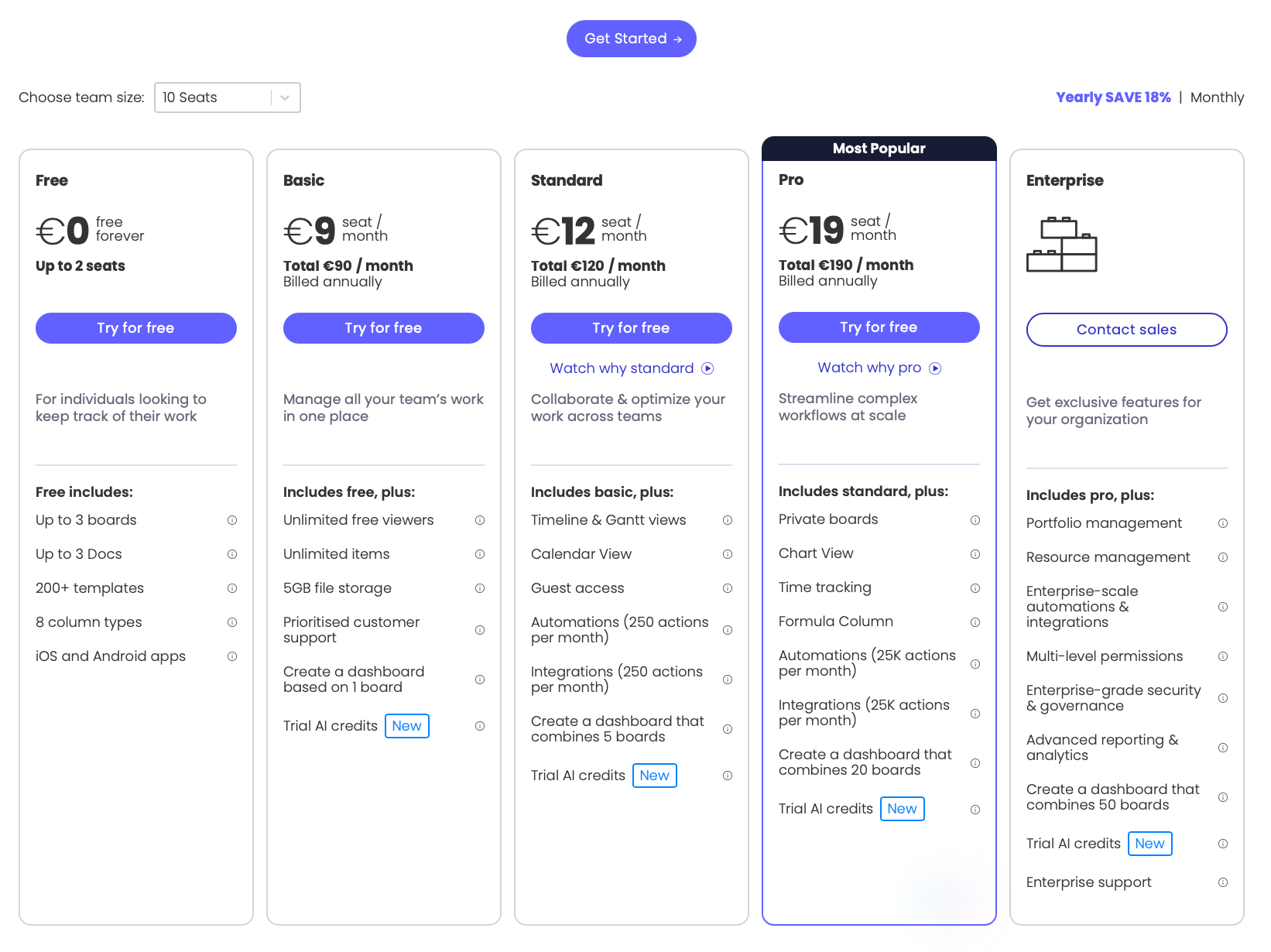
Free Plan
Best for individuals or freelancers who want to track their own work. Includes:
- Up to 2 seats,
- Up to 3 boards,
- Over 200 templates,
- 8 column types,
- iOS and Android apps.
It’s enough to experiment with the platform but too limited for teams that need automations, integrations, or to manage a lot of projects.
Basic Plan
€9 per seat per month (billed annually for €27 for 3 seats). Best for small teams that need a simple place to organize work. Includes everything in Free plus:
- Unlimited items,
- Unlimited free viewers,
- 5 GB storage,
- Priority support,
- Ability to create dashboards based on one board.
It’s a starter plan, but teams quickly outgrow it due to the lack of automations and integrations.
Standard Plan (Most Popular)
€12 per seat per month (billed annually for €36 for 3 seats). This is typically where Monday starts to feel like a full work management platform, not just a task list. Includes everything in Basic plus:
- Timeline & Gantt views,
- Calendar view,
- Guest access,
- Automations (250 actions/month),
- Integrations (250 actions/month),
- Dashboards combining up to 5 boards,
- More robust collaboration features.
For most teams managing many projects, this is the minimum viable plan.
Pro Plan
€19 per seat per month (billed annually for €57 for 3 seats). Best for teams running complex projects with heavy automation needs. Includes everything in Standard plus:
- Private boards,
- Chart view,
- Time tracking,
- Formula column,
- Task dependencies,
- Automations (up to 25,000 actions/month),
- Integrations (up to 25,000 actions/month),
- Dashboards combining up to 20 boards.
This plan makes sense for engineering teams, project management offices, and any team that needs advanced reporting, time tracking, or more complex automation logic.
Enterprise Plan
Custom pricing. Designed for larger organizations that need advanced governance and security. Includes everything in Pro plus:
- Portfolio management,
- Resource management,
- Enterprise-grade automation & integration limits,
- Advanced security & compliance,
- Workload management,
- Enterprise analytics & reporting,
- Ability to build dashboards combining up to 50 boards,
- Enterprise support.
The Enterprise plan is best for organizations coordinating work across many departments or with strict security requirements.
Use Cases: How Different Teams Use Monday.com
Monday.com’s strength lies in its ability to support diverse teams without forcing everyone into the same structure. Here’s how various departments typically use the platform.
Software Development & Engineering Teams
- managing sprints and backlogs,
- planning releases,
- tracking bugs and incidents,
- linking tasks to customer requests,
- monitoring task progress with dashboards.
These teams benefit from Monday Dev, which adds structure without imposing rigid frameworks.
Sales Teams
- managing the sales pipeline,
- tracking deals and sales opportunities,
- automating outreach reminders,
- forecasting revenue with dashboards,
- keeping customer relationships organized in one place.
For growing sales teams, the CRM capabilities remove the need to purchase separate tools.
Marketing Teams
- planning campaigns,
- managing content calendars,
- coordinating design requests,
- tracking approvals and go-live dates,
- managing events.
Visual views like Calendar and Gantt are especially useful here.
Human Resources
- recruitment pipelines,
- onboarding processes,
- managing training and checklists,
- tracking daily tasks and employee status changes.
HR teams often combine forms with automations to streamline requests coming from other departments.
Customer Support and Service Teams
Using Monday Service, teams can:
- centralize requests,
- automate triage workflows,
- track SLAs and response times,
- integrate with email or chat tools,
- escalate items across teams.
Dashboards make it easier to track volumes, response times, and bottlenecks.
Operations and Cross-Functional Teams
Many operations teams use Monday.com as a central location for coordinating projects that rely on different teams. Boards can store project data, resources, key metrics, and timelines — replacing scattered spreadsheets.
Pros and Cons of Monday.com
Every tool has strengths and limitations. Monday.com is powerful and flexible, but it’s not perfect for every scenario.
Pros
- Highly customizable — easy to adapt to any workflow.
- Supports simple daily tasks and complex projects equally well.
- Strong automation engine to reduce repetitive tasks.
- Excellent for multi-team collaboration.
- Dashboards create visibility across projects.
- Integrations available with a wide ecosystem.
- Clean interface with drag-and-drop functionality.
- Good onboarding process with templates and video tutorials.
Cons
- Can have a learning curve for teams new to work management platforms.
- Automations and integrations are limited on lower-tier plans.
- Solo users may find minimum seat requirements costly.
- Some teams will still need integration platforms if they work across many tools.
- Not a fully-fledged no-code app builder.
Integrations and Extensibility
Monday.com integrates with dozens of popular applications — including Slack, Gmail, Microsoft Teams, Google Sheets, HubSpot, GitHub, and more. These integrations help teams sync task progress, automate repetitive tasks, and avoid switching between separate tools.
For straightforward workflows, the built-in integration catalog works well. However, as organizations scale and their software ecosystem grows, teams often manage work across multiple project management and ITSM platforms. This is where native integrations begin to show limitations.
Monday.com’s built-in connectors are not designed for:
- two-way synchronization across systems,
- complex field mappings,
- enterprise-grade workflow orchestration,
- or integrations that span multiple departments and tools (e.g., Monday ↔ Jira ↔ ServiceNow).
In these scenarios, organizations typically add an integration platform to keep data consistent and maintain visibility across systems.
Integrating Monday.com with Getint
For teams that rely on Monday.com but collaborate with other departments using Jira, ServiceNow, Azure DevOps, Zendesk, or Salesforce, Getint provides the missing integration layer. It allows organizations to synchronize work across platforms without manual updates or duplicated effort.
Getint supports:
- Two-way synchronization between Monday and tools like Jira, ServiceNow, Azure DevOps, GitHub, Trello, and others.
- Field-level mapping, including custom fields, complex structures, and relational data.
- Automated status updates so tasks stay aligned across different teams and systems.
- Advanced filtering, scripting, and workflow logic when teams need more than simple triggers.
- Scenarios involving multiple systems, not just point-to-point integrations.
- On-premise, cloud, and hybrid environments, which is especially important for enterprise and regulated industries.
Teams use Getint to solve problems such as:
- Marketing teams working in Monday.com while development teams use Jira.
- IT operations tracking incidents in ServiceNow while product teams coordinate work in Monday.
- External clients using Jira or Azure DevOps while internal teams plan work in Monday.com.
- Organizations that must maintain audit trails, secure data flow, and predictable field mappings at scale.
Because Getint acts as a central integration hub, teams avoid copying data manually, reduce the risk of misalignment, and synchronize work in real time — regardless of which tool each team prefers.
This gives Monday.com customers the flexibility to keep using Monday as their work management platform, even when other departments rely on separate systems.

Conclusion
Monday.com has grown far beyond traditional project management software. What started as a way to track tasks has evolved into a flexible work operating system that supports project management, task management, collaboration, automation, reporting, and cross-team workflows — all in one place.
Its strengths come from being fully customizable, easy to adapt to different teams, and capable of handling everything from daily tasks to complex, multi-department projects. Views, dashboards, forms, and automations help teams stay aligned and keep work moving without jumping between separate tools. For organizations that want a single platform to coordinate work visually and transparently, Monday.com offers a strong balance of usability and depth.
At the same time, growing companies often rely on other tools like Jira, ServiceNow, Azure DevOps, Salesforce, or Zendesk. In these environments, Monday.com becomes even more powerful when paired with an integration layer that keeps project data synchronized across systems. With the right setup, Monday.com can serve as the central location where work originates and teams collaborate — even if different departments use different platforms.
Whether you're managing a lot of projects, coordinating different teams, or building custom workflows for your processes, Monday.com provides the structure and flexibility to keep work organized and on track.
